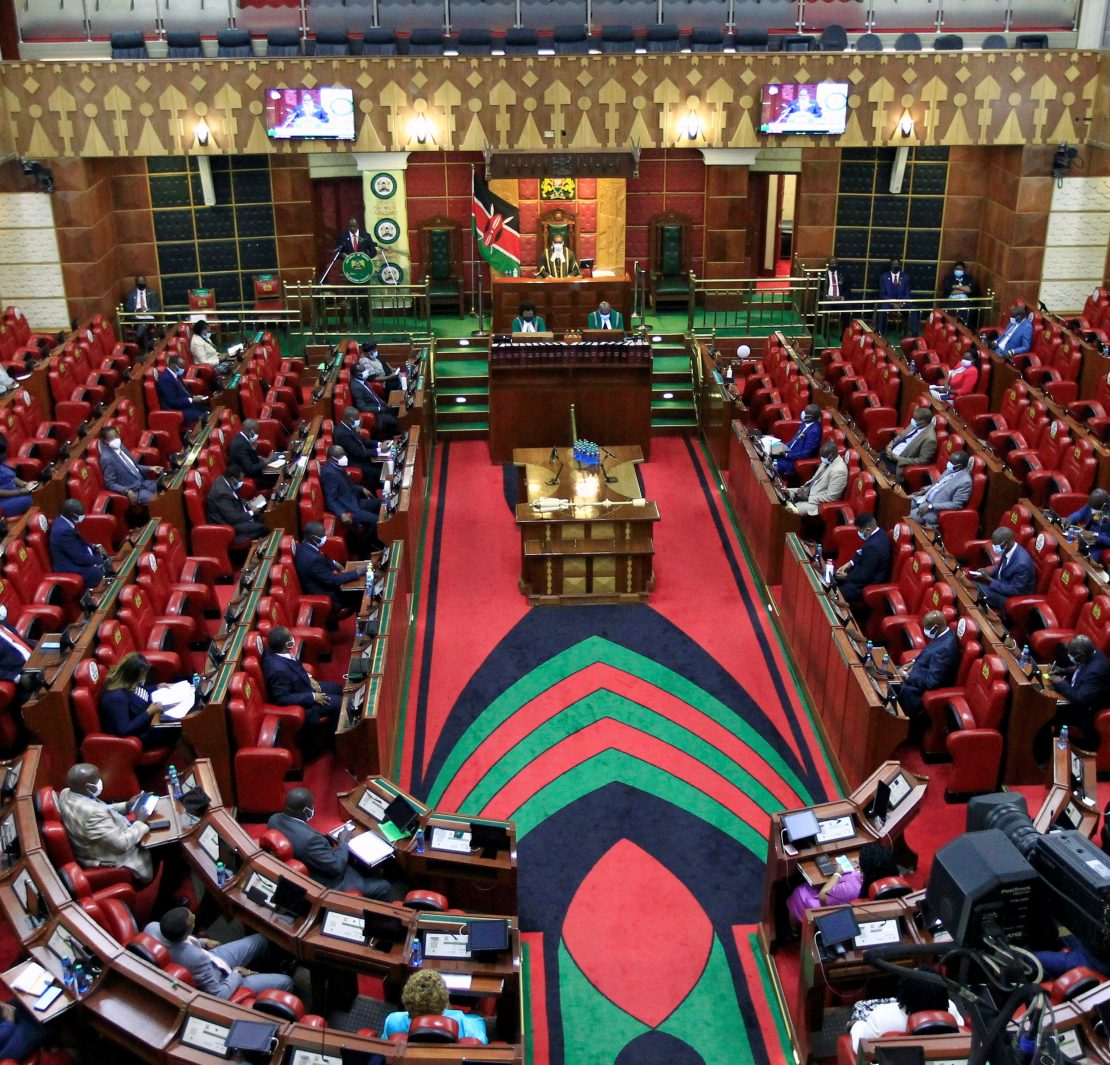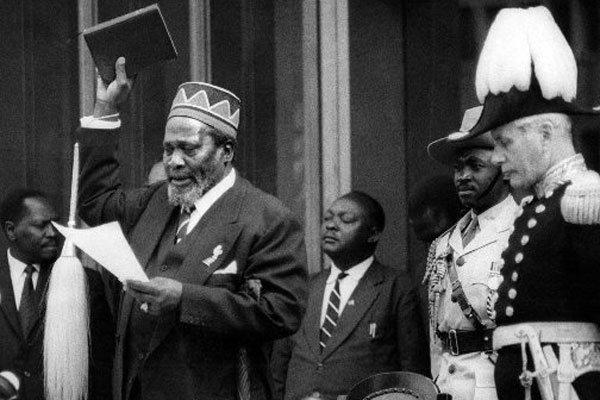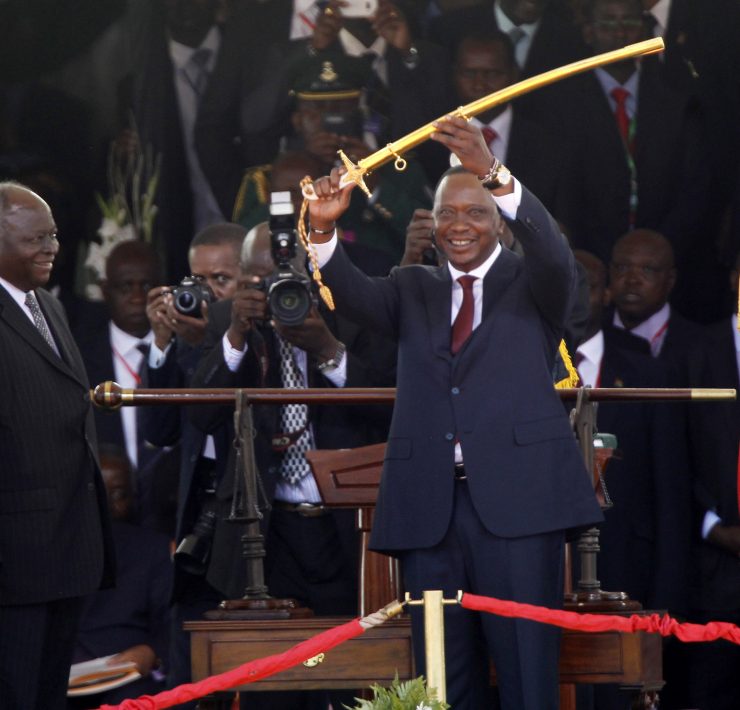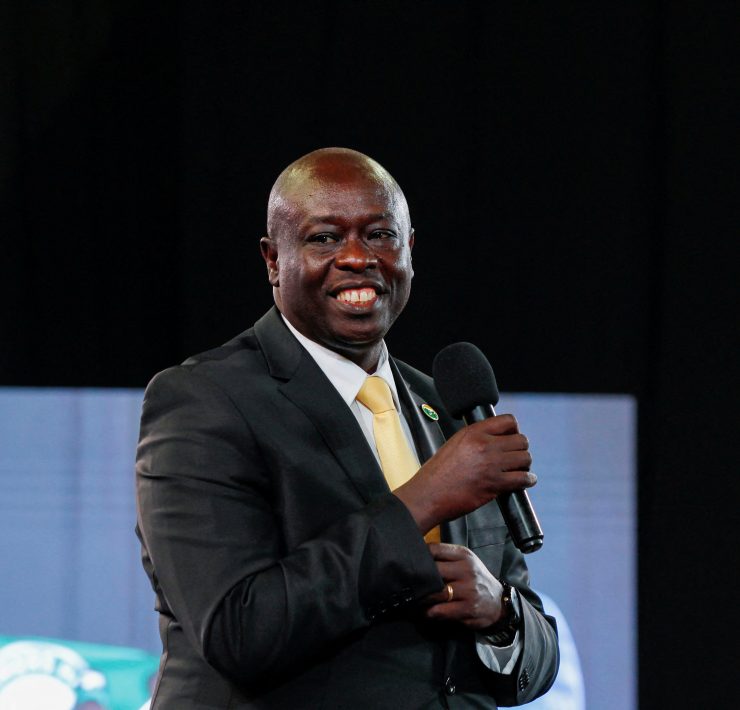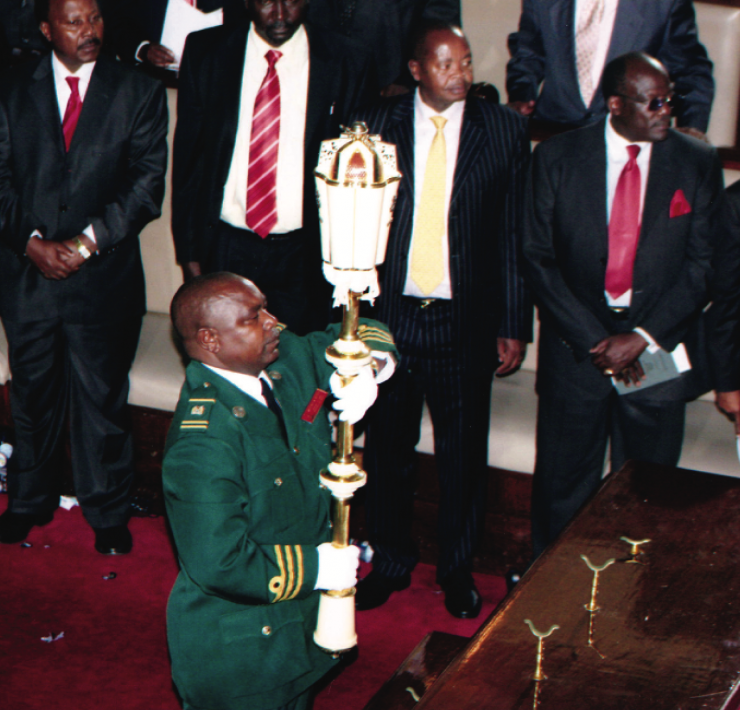For 65-year-old Moses Masika Wetangula, the journey to becoming the 8th Speaker in the history of the National Assembly has been one of biding your time, building coalitions and whipping members-elect into toeing the party line. It’s a calculated move through a painstaking mini-election that leaves the bearer of the office as the third-in-command after the Head of State and Deputy President.
Immediately after MPs-elect were sworn in by the Clerk of National Assembly, their first order of business was to elect a Speaker pursuant to Article 106 of the Constitution. Without the Speaker, the House cannot function. For the 13th parliament, several candidates threw their hat in the ring for the third most powerful seat in Kenya—however only two candidates qualified, Kenneth Marende of Azimio Coalition and Moses Wetangula of the Kenya Kwanza Coalition. It is however Wetangula who will serve as the Speaker—despite garnering 215 votes which is 18 votes short of the requisite 233 (or two-thirds) for one to assume office—after his closest competitor conceded.
Electing a Speaker is a thorough procedure which starts with the declaration of said vacancy by the National Assembly clerk. Ergo, a vacancy in the office of the Speaker of Parliament occurs when the House first sits after a general election. Mr Justin Muturi served as the immediate former Speaker having first been elected in 2013 and reelected in 2017, in the 11th and 12th parliaments respectively.
Anyone interested in the Speaker of National Assembly position had until Wednesday 7 September 2022 at 12.30 p.m. to collect nomination papers, and return said papers after they had been filled on the same day between 2.30 p.m. and 8.30 p.m. The election of the National Assembly Speaker is conducted according to Standing Orders 6,7,11, 12 and 13 pursuant to the provision of the election of the speaker.
How the Speaker is Elected
- The election of the Speaker is conducted via secret ballot.
- At the commencement of each ballot the Clerk displays the ballot box—empty and unlocked and in the presence of the House. The clerk thereafter locks the box, which shall thereafter be kept in the full view of the House until the conclusion of the ballot.
- The Clerk issues each member who comes to the table only one ballot paper.
- When all members who are present and who wish to vote have placed their ballot papers in the ballot box, the Clerk unlocks the box, examines the ballot papers and, having rejected the unmarked or spoilt ballot papers, reports the result of the ballot.
- A person shall not be elected as Speaker, unless they garner two-thirds of all votes cast by members. The National Assembly consists of 290 elected constituency members, 47 Women Representatives, and 12 nominated members.
- When a candidate fails to achieve the threshold of votes, they are subjected to a simple majority vote where the top two contenders run against each other. The one who receives a simple majority in the second-round wins.
- Immediately the results are declared, all the ballot papers used in the election of a Speaker shall be packed and sealed in the presence of the House and kept in the custody of the Clerk for a period of six months and shall thereafter be destroyed.
- The Standing Orders of the National Assembly further provides that immediately following the election of the Speaker, the Clerk shall administer the Oath or Affirmation of Office to the Speaker in the presence of the assembled House.
- After taking and subscribing to the Oath or Affirmation of Office, the Speaker shall notify the members of the place, date and time of the opening of Parliament, which shall not be more than 30 days after the first sitting of the House.
A Speaker’s term lasts for a period of five years (which is the term of parliament) but one is also eligible for another term if they so wish.

